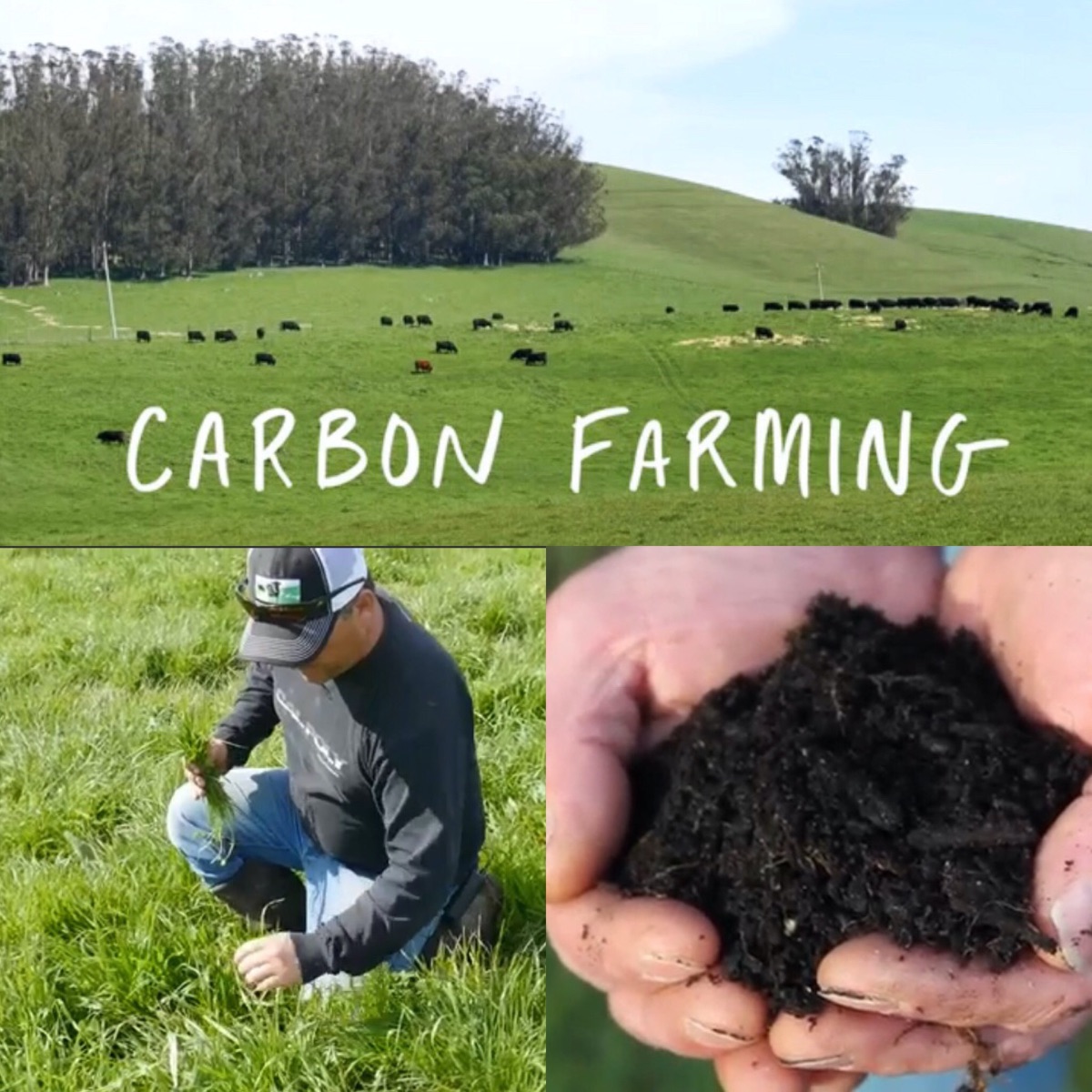
The Benefits of Regenerative Grazing
Grass is the fuel that drives our meat business at Stemple Creek Ranch, but soil is really the foundation. In fact, Loren is fond of saying he’s a soil farmer! As stewards of the land first and foremost, we work hard to foster optimal soil health that generates plentiful forage for our grass fed and finished animals. The present and future success of our family business depends on this.

Regenerative agriculture practices are a big part of our long term sustainability plan. One of the biggest benefits of regenerative ranching is the mounting scientific evidence that we can help reverse climate change by increasing carbon in the soil. By using holistic land management practices that draw down and recapture carbon, we promote biodiversity and the overall health of our land.
Our participation as a pilot ranch in the decade-long Marin Carbon Project study is helping us build a tool kit to sequester more carbon. One of the primary tools we use is our practice of rotational grazing.

As our livestock travel from field to field they leave natural fertilizer behind that enriches the soil. In addition we add compost, compost tea, and seawater seasonally as well as re-seed with deep tap rooted perennial plants. The carbon captured in the ground acts like a sponge to hold more water which helps lengthen the growth cycle of these perennials. As a result, the net benefit to the land is enhanced biodiversity and healthier ecosystems.

Building organic matter in our fields also improves rainwater absorption and retention, which is essential since we depend solely on Mother Nature for irrigation. This is particularly important given California’s continuing drought conditions. Just a 1% increase in organic matter can hold an additional 20,000 gallons of rainwater per acre!

Stemple Creek Ranch is proud to be on the leading edge of this forward-thinking shift in our industry toward climate-friendly solutions in modern ranching.


